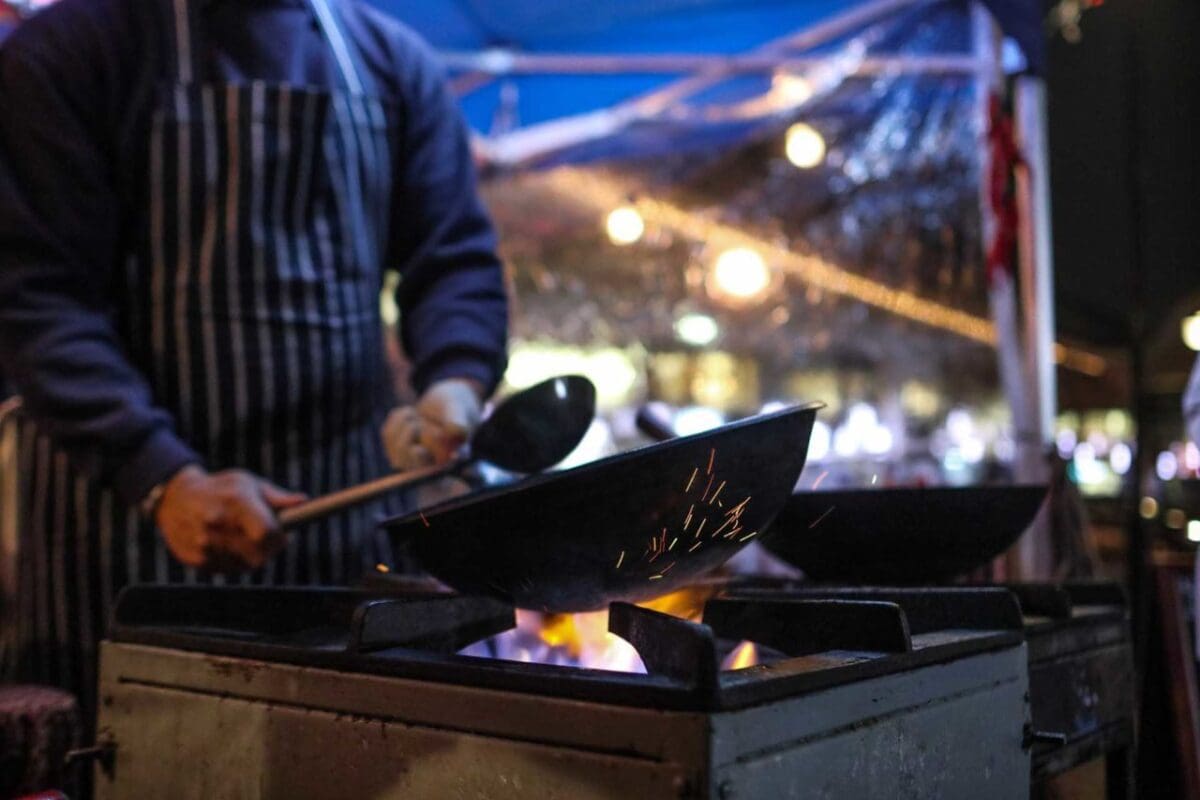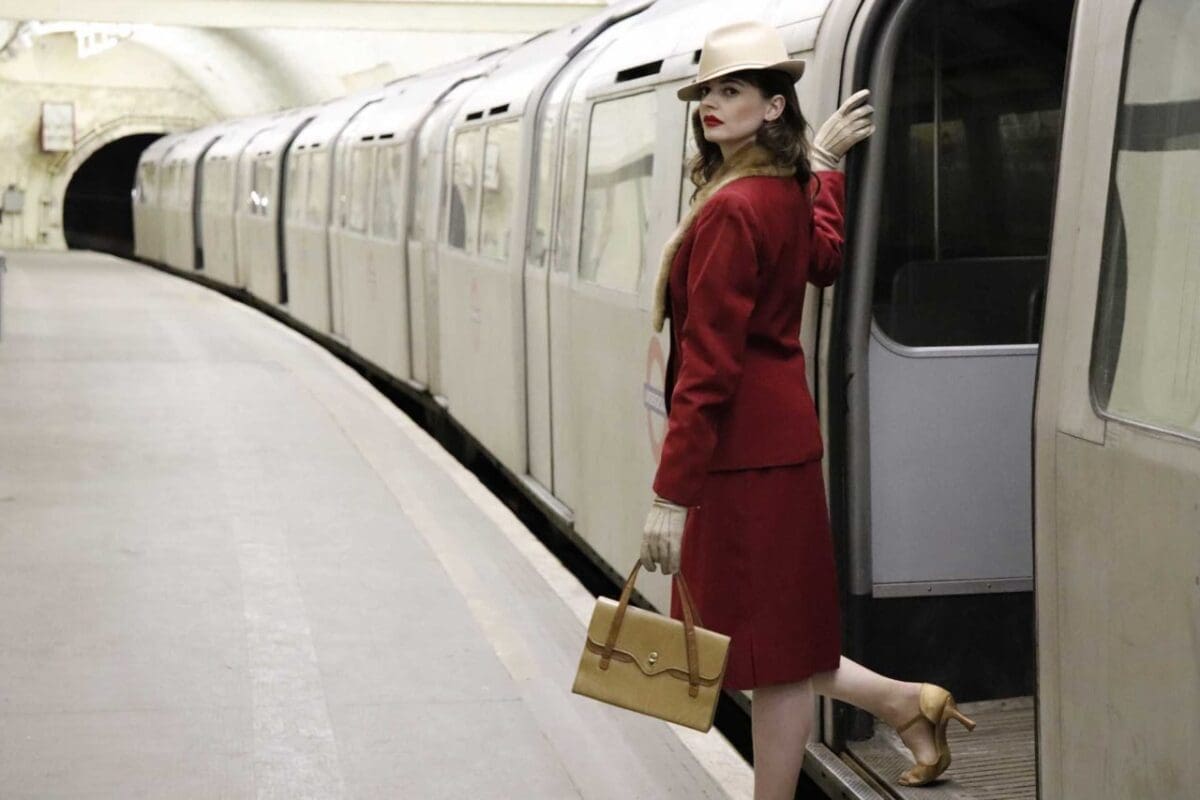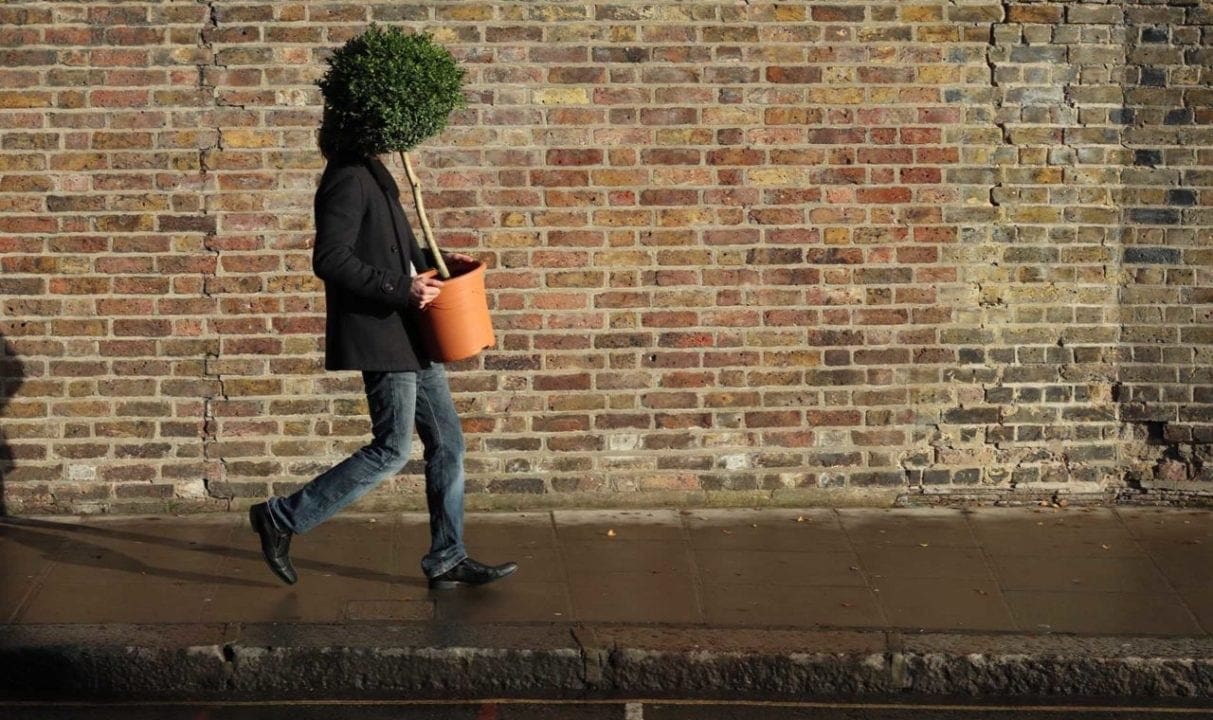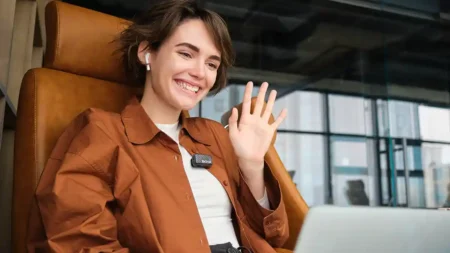Shooting street photography means always being at the ready with your camera, which can be a real challenge when there are so many moving elements within your frame.
In this tutorial I’ll explain which camera settings for street photography are essential starting points for getting the shots you want. You’ll learn how to set up your camera for street photography so that you can give yourself the flexibility to respond to fast-moving situations, as well as avoid some of the common problems that plague street shots.
Best camera settings for street photography
Shutter speed: 1/125sec or faster
Aperture: f/5.6
ISO: 400
White Balance: Auto or Daylight
Focal Length: 18mm to 200mm
Exposure mode: Program AE
AF: Continuous focus

Best exposure mode for street photography: Program AE mode
Speed is your greatest asset as a street photographer. Like Cartier-Bresson so famously said, you need to be ready to capture those decisive moments when they occur. The last thing you want to be doing is fiddling with your camera settings.
Your camera’s Program exposure mode will offer you the best balance of shutter speed and aperture, allowing you to make fast adjustments to its suggested settings if necessary.
Program mode works like this: you give control over to your camera to set what it deems to be the best shutter speed and aperture values for your scene.
But you retain the power to override these suggestions at any time if it just doesn’t look quite right. This means you can let your camera do the math while you focus on composing your scene and waiting for the decisive moment.
But it also means that if you don’t agree with your camera’s sums, you can make an adjustment.
Most DSLRs and mirrorless cameras offer a feature called Program Shift, which gives you a more control in these situations.
Program Shift allows you to quickly override your camera’s suggested settings, usually by turning a dial and selecting different shutter speed or aperture. Like your other exposure modes, as you adjust one parameter you’ll find that the other changes accordingly.
When might you want to override your camera’s suggested settings? Imagine you were shooting a candid portrait and need to freeze any movement to ensure your subject is perfectly sharp. Here, then, you might want to dial in a slightly faster shutter speed than your camera has suggested in Program mode.
Best AF for street photography: Continuous AF
Unless you’re photographing one of those living statues, you’ll find very quickly that not many street photography subjects are static. This means you will probably need to focus and re-compose subjects and scenes a few times before you get it right.
This is where you camera’s continuous focusing mode can save you loads of time. When your AF mode is set to C-AF, or continuous autofocus, your camera will re-focus every time you half-press the shutter button. This allows you to capture moving subjects much more quickly and efficiently.
Some cameras also have what’s called a multi-point AF setting, which also saves you time.
Best shutter speed for street photography: 1/125sec or faster
Most of the time when shooting street photography you’ll probably want to freeze any movement in your scene. To do this you’ll want to dial in a shutter speed of at least 1/125sec.
Using the old rule that your shutter speed should equal your focal length to safely shoot handheld (eg a 1/60sec shutter at 60mm), a 1/125sec shutter speed covers you for most eventualities.
Best aperture for street photography: around f/5.6
Typically when people shoot portrait photography they’ll use large apertures – small f numbers like f/2.8 – to create a shallow depth of field – or small zone of sharpness – around their subject that isolates the viewer’s attention on them.
Street photography, though, is a bit different. While you’re taking pictures primarily of people and want to emphasise them, you also want to capture some of that environmental context. In essence: you want to tell a story. And if your background is blurred, it will keep you from doing that.
I find that an aperture of around f/5.6 will soften your background sharp enough to leave signs, shapes and other elements recognizable, yet soft enough to draw the viewer’s attention to your subject.
Like all these other camera settings for street photography, it’s just a starting point. This will get you within shouting distance of where you want to be and you can fine tune from here. Remember, every scene is different.

Best sensitivity for street photography: ISO 400 to 800
It’s not always possible to get that 1/125sec shutter speed mentioned above, so in these instances it’s best to push your sensitivity up a little bit.
You’ve probably heard that you should shoot at lower sensitivities at all costs. But modern cameras are a whole lot better at containing noise than they were even just a few years ago.
So if you’re struggling to get a shutter speed that lets you shoot handheld without the risk of camera shake, push your ISO up to 400 or even 800. In our reviews – and we’ve tested many cameras – most cameras these days can shoot perfectly acceptable, if not great, images at ISO 800, even those with smaller sensors.
That said, it’s generally best to stay within your camera’s native ISO range. Most modern cameras have an upper expansion range that lets you push your ISO up even further, sometimes to ridiculously high sensitivities in excess of a million!
These levels are great for photojournalists, for instance, who need to get a shot at any cost. But for your street photography, keep to the native range. These expansion settings do really begin to let in a lot of noise.
Best White Balance for street photography: Auto White Balance
Like your ISO settings, white balance is another feature that has only got better over time. I use my Auto White Balance setting almost exclusively, as it’s so good at determining the conditions and rendering accurate tones. And I have about three cameras I use regularly. Four if you count the GoPro. Five if you count my phone.
AWB is great. Let it do its job and concentrate on the scene! Street photography requires careful attention to everything going on around you. Let your camera do what it’s good at so you can play to your own strengths.
What is the best focal length for street photography?
Choosing the best focal length for street photography depends a lot on your personal style, but a good 50mm will cover you in most situations. A ‘nifty fifty’ is typically fast, allowing you to shoot in low ambient light. And it’s focal length is versatile for portraits or environmental shots. You also don’t get distortion like you might experience at wider focal lengths.



